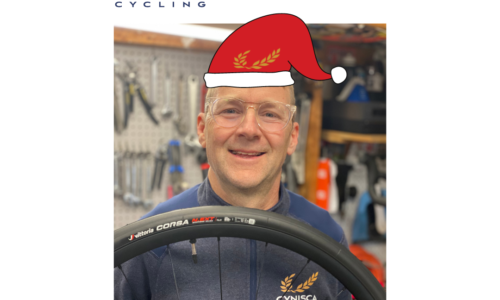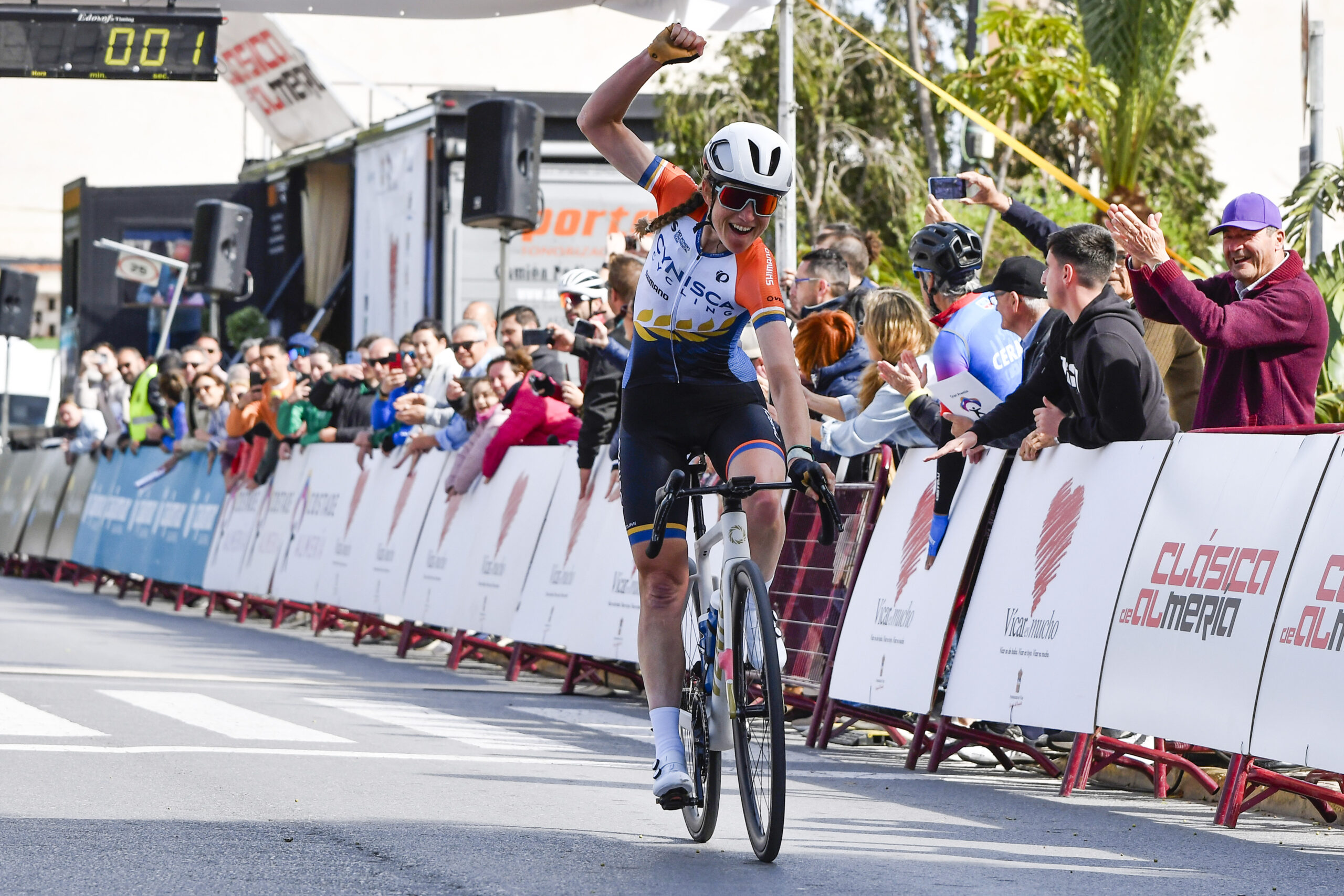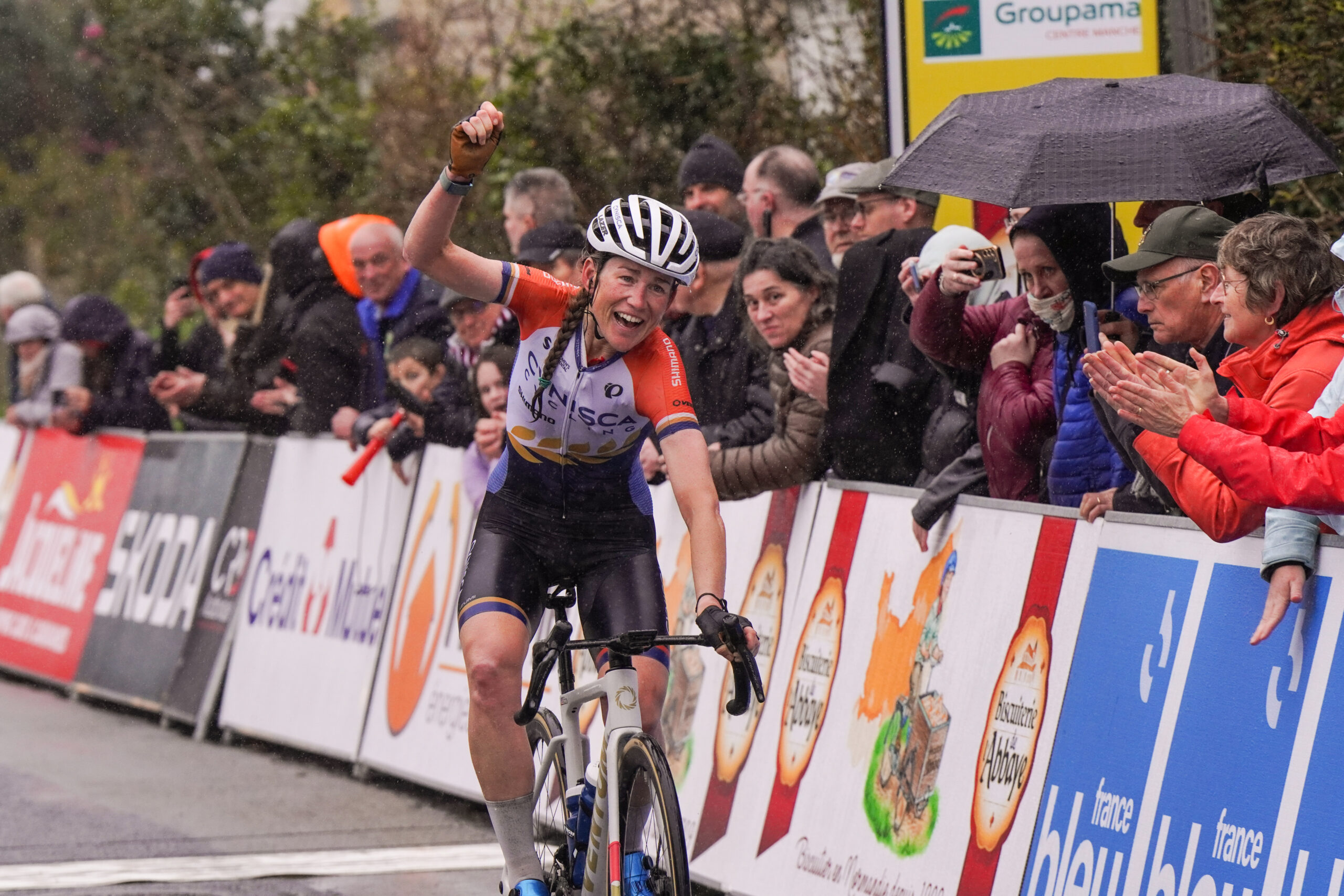
by Peter Abraham , president and brand strategist of Abraham Studio
Over the last year, I’ve been paying attention to the theme of women’s empowerment in both sports and popular culture: the success of the Barbie movie, Taylor Swift’s wildly popular Eras tour, the growing FIFA Women’s World Cup, and the most popular college athlete in America is Iowa’s basketball star Caitlin Clark. Each of these things, along with hundreds of other examples, testify to the growing clout of women across many aspects of society.
As this relates to cycling, the women’s side of the sport is currently undergoing explosive growth, evidenced by not only the wildly popular and relatively new (started in 2022) Tour de France Femmes avec Zwift, but also the women’s Paris-Roubaix avec Zwift event and a rapidly expanding calendar of races and teams. Moreover, the recent boom in gravel racing includes a huge number of female cyclists. The SBT GRVL event in Colorado, for example, had 31% women participating last year. That may not sound groundbreaking, but for a traditionally male-dominated sport like cycling, that percentage is a huge leap forward. There are also more and more women’s road racing teams sprouting up every year, and in 2025 for the first time ever the UCI World Championships will feature a U23 women’s race. This should encourage even more young women to start racing and aim high in their journey.
I wanted to see what the current state of European women’s racing looked like up close. After a recent work trip to London and Spain, I had a day or two do get from London to Paris, where I was meeting my daughter. As it happened, these days coincided with the Tour of Normandie pro women’s race, and my friend Chris Gutowsky’s Cynisca Cycling team was racing there. So I took the ferry across the Channel from Portsmouth to Caen and met up with the team at their hotel
And, spoiler: Cynisca’s Lauren Stephens won the stage in a daring late race solo breakaway. I’ll never forget my good fortune to be in the car with team director Gillian Ellsay and mechanic (and Lauren’s husband) Mat Stephens that day.
Here’s what I learned during my day at the races:
1. Women’s cycling is exciting and on the way up.
I love what Cynisca Cycling is doing: they are the only American bike racing team that spends the majority of their season in Europe repping the USA. Men’s UCI World Tour teams like EF, Human Powered Health and Trek are registered in the US, but they have almost no American riders, and there’s almost no American identity to their teams other than maybe the bikes they ride. And there are some American teams, like DNA Pro Cycling at this race, who come over to a few races in Europe once or twice a year.
Cynisca, on the other hand, has ten American riders out of 16 athletes. The balance of the team is Canadian, French and Irish. The team has a service course in France, and they are in Europe for the majority of the season. And Cynisca is a team focused on developing female bike racers. There aren’t many teams that do that, but it is changing.
Many UCI Women’s World Tour teams are now starting up development programs and in 2025 there will be an entirely new team category, Pro Teams, which will form a second tier under the World Tour level. Given the popularity of the Tour de France Femmes avec Zwift, and the addition of the U23 women’s race at the UCI World Road Championships next year in Rwanda, there is tremendous growth happening in women’s cycling. And Cynisca is at the forefront of this movement. I expect to see this category grow a lot over the next five years, and it was great to see how the host towns in France embraced the race.
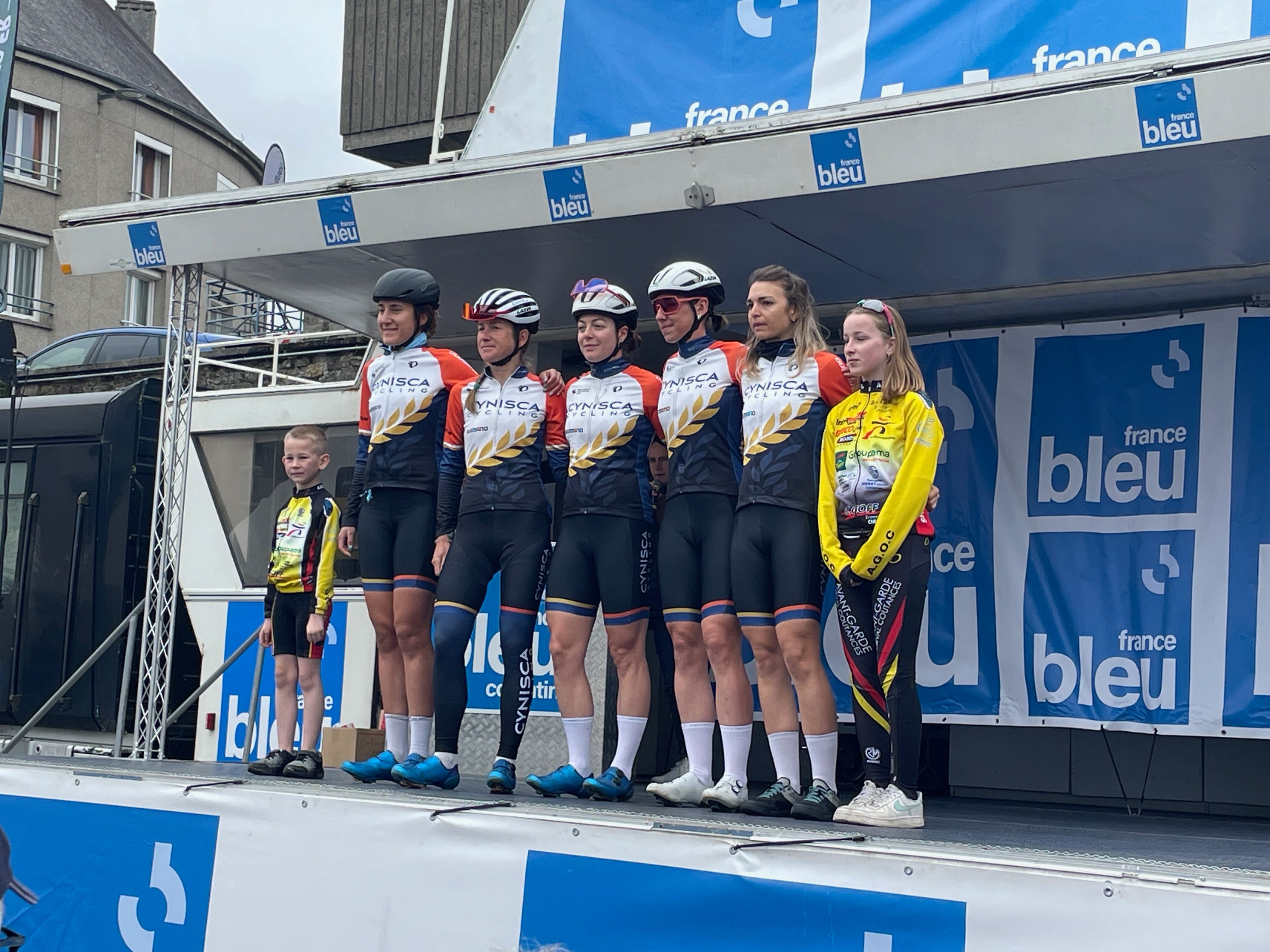

2. European women’s racing is incredibly fast:
Lauren won the stage 3, with its 83 miles and 6,000′ of climbing, at an average speed of 25 mph. That’s just very, very quick for either men’s or women’s racing. And there were about 120 women in the field. I would compare the speed of the women’s European pro peloton to a men’s Cat 1–2 race in the United States. It’s really that much faster over there.
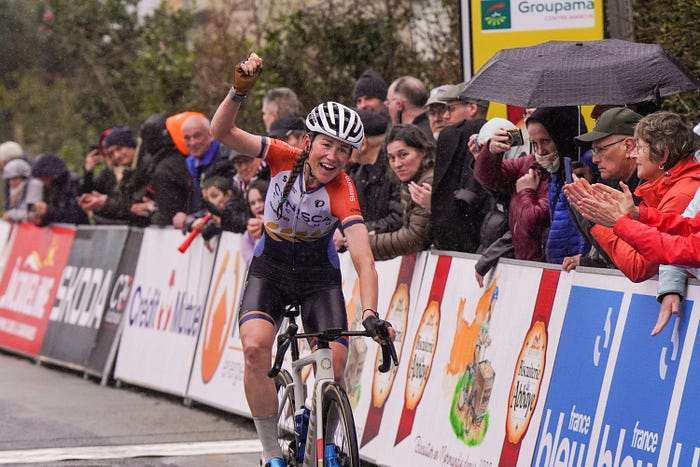
3. I learned about the importance of team bonding.
Specifically, the team dinner after each stage in the evening is critical. Sitting with the team over vegetable soup and pasta the evening before the race, I realized it’s the only time during the week when the riders and staff can get to know each other. The rest of the day riders and staff are busy working, on or off the bike. And like a team in any sport, strong relationships between teammates are incredibly valuable and essential to success.
4. Back in the long line of team cars behind the peloton it’s incredibly hectic and dangerous.
You never see this part when you watch a bike race on tv. Each team car has a place in line behind the race (we were #11 on this day), but some cars are moving up to get past the peloton because they have a rider in the break. Or maybe a rider got a flat and their team car in the middle of the caravan has to pull over with the rider for a wheel change. Or some athlete has dropped back to the cars to hand off some extra clothing. This is going on continuously throughout the race, sometimes going down a hill at 60 mph and around blind corners. Honestly, it was amazing to me that no riders got run over, and I found it super stressful just being a passenger.
Inside the car, there is the official race radio, from the official’s car just behind the peloton, blaring away in French, then the team radio communications with the riders, then VeloViewer on an iPad for the course map, then an iPhone showing average speed and elapsed kilometers, and I held up my phone with the live broadcast of the race on it. That’s a lot of stimulation to process in real time. I give Cynisca team DS Gillian Ellsay credit for staying calm and collected while navigating this “race within a race” in the team cars.

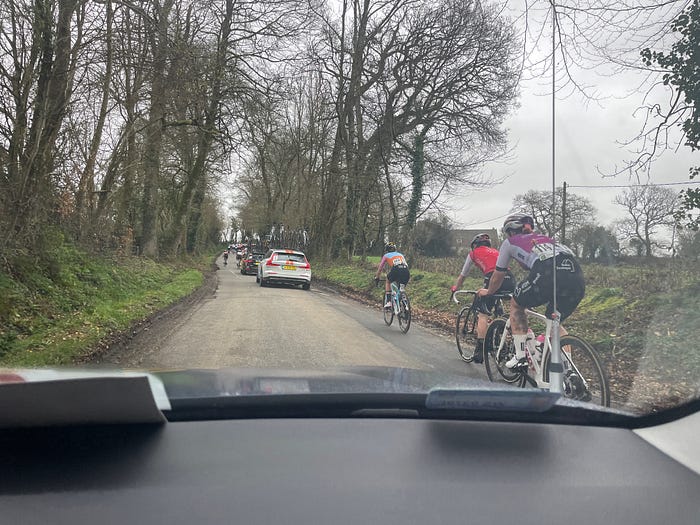

5. The staff works incredibly hard behind the scenes to make sure everything comes together for the athletes on race days.
Mat and Lothar were out cleaning up and prepping bikes in the rain until about 8 pm, then directeurs sportifs Gillian and Billy and the soigneurs Dea and Mark were all working on various tasks in the evening and morning before the race. So much work goes into setting it up for the women to perform on the road. Prepping food, getting the bikes ready, putting gas in the vehicles, filling water bottles, and the list goes on. I have so much respect for the work that goes on behind the scenes to make the race happen for each team.


Here’s the broadcast video of stage 3, which I watched from the car:
- News, Team Blog
- #womenscycling, Cynisca Cycling, cyniscacycling, Lauren Stephens, Peter Abraham, Tour de Normadie, women's sports
- March 23, 2024

